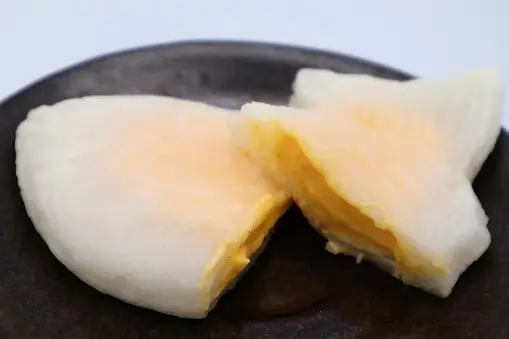
빵 만들기는 여러 세대에 걸쳐 전수되어 온 예술이며 그럴 만한 이유가 있습니다. 간단한 재료를 샌드위치나 토스트에 딱 맞는 맛있고 폭신한 빵으로 바꾸는 것에는 특별한 뭔가가 있습니다. 숙련된 제빵사이든 초보자이든 빵 만들기는 치료 효과와 보람을 동시에 느낄 수 있는 맛과 질감의 여정입니다.
제빵 만들기의 첫 번째 단계는 올바른 재료를 선택하는 것입니다. 밀가루, 이스트, 소금, 물이 기본 재료이지만, 밀가루의 종류와 이스트의 양이 최종 제품에 큰 영향을 미칠 수 있습니다. 예를 들어, 통밀가루는 빵에 더 고소한 맛과 더 밀도 있는 질감을 주는 반면, 다용도 밀가루는 더 가볍고 더 부드러운 빵을 만들어냅니다. 효모 역시 다양한 형태로 제공되며 사용되는 양은 빵의 부풀음과 질감에 영향을 미칠 수 있습니다.
재료를 준비한 후에는
Bread making is an art that has been passed down through generations, and for good reason. There's something special about taking simple ingredients and transforming them into a delicious, fluffy loaf that's perfect for sandwiches, toast, or just enjoying on its own. Whether you're a seasoned baker or a beginner, bread making is a journey of flavors and textures that can be both therapeutic and rewarding.
The first step in bread making is selecting the right ingredients. Flour, yeast, salt, and water are the basic ingredients, but the type of flour and the amount of yeast can greatly affect the final product. Whole wheat flour, for example, gives bread a nuttier flavor and a denser texture, while all-purpose flour produces a lighter, more tender loaf. Yeast, too, comes in different forms, and the amount used can impact the rise and texture of the bread.
Once you have your ingredients, it'
